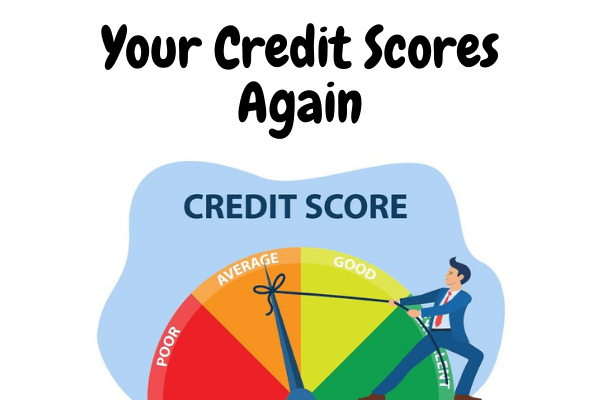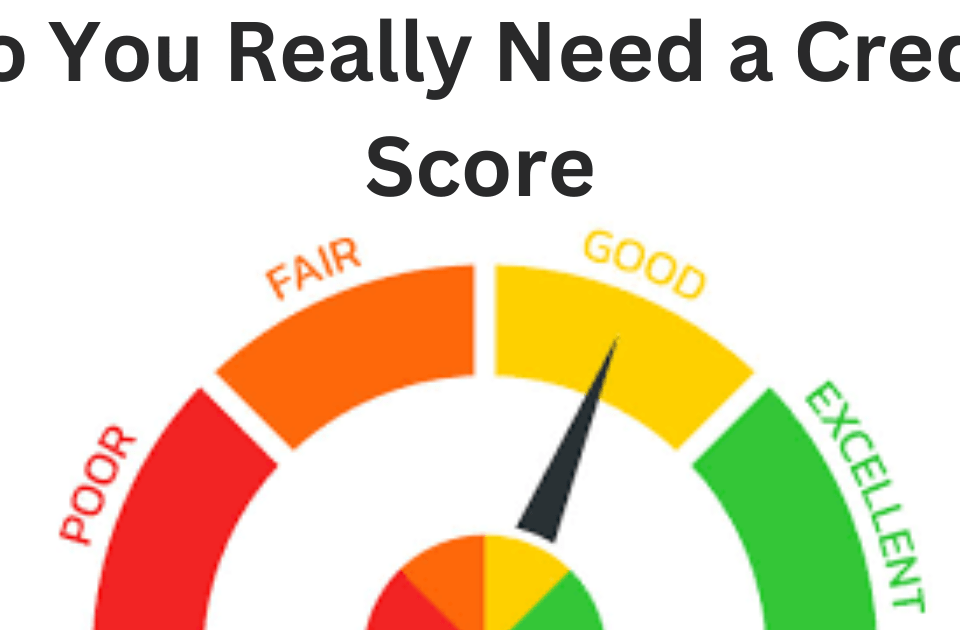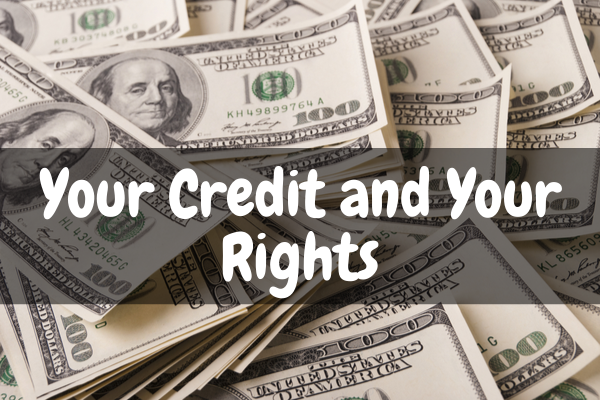Outstanding debt accounts for 30%. If the amount owing is close to the consumer’s credit limit, this will likely to have a negative effect on the credit score. A low balance on two cards is better than a high balance on one.
Length of credit history accounts for 15%. The longer the accounts have been open, the better.
Recent credit report inquiries account for 10%. If the applicant has recently applied for many new accounts, that may negatively affect the score. Promotional inquiries do not have any effect.
Types of credit in use accounts for 10%. Loans from finance companies generally lower the credit score. FICO finds this more important when there is less of other types of credit information about the applicant upon which to base a score.
Although this is a general guide as to what credit scoring companies deem important, it should be noted that some companies may consider different factors.
Credit scores range from 300 to 900, with an average of approximately 750. According to the model, as the score increases, the risk of default decreases. Studies by the loan industry show a direct correlation between low scores and high default rates. Therefor, it may be difficult for an applicant with a low score to convince a creditor to offer an affordable loan, or even any loan at all. But just as credit history can vary from credit bureau to credit bureau, so can a credit scores. It is possible to have a high score with one credit bureau (Equifax, Experian, or TransUnion) and a low credit score with another, just as it is possible to have a clean credit history with one bureau and a sullied record with another.
However, extremely wide-ranging credit scores are uncommon, though variations of up to 100 points have been noted by some lenders. To get an accurate picture, lenders often take the average of all the applicant’s scores. Narrow ranges of 20 or 25 points are more common.
Consumers may obtain their credit scores from credit bureaus by paying a fee (the Federal Trade Commission sets the fee). The bureau must provide the score, the range of possible scores under the scoring model used, four key factors that affected the score, the date on which the score was created, and the name of the entity that provided the score (such as Fair, Isaac). Note that the score and the scoring model provided may vary from those a given lender uses. Federal law allows consumers three freee credit reports every year. If you get your credit score from one or more credit scorers, remember that the score may vary from one credit score company to the next.
Fair, Isaac offers several reccommendations to consumers seeking to improve their credit scores. Pay bills on time; make up missed payments and keep all payments current. Maintain low balances on credit cards and other “revolving debt”. Maintain the “balance-to-limit ratio” of credit cards below 50%. It is usually better to carry smaller balances on several cards than to pile everything onto one card. Apply for a new card if necessary, rather than piling all purchases onto one.
Pay off debts rather than transferring them to a new account. Don’t close a rarely-used credit account without opening a new one, as a history of wisely-used credit boosts the credit score. However, do not apply for new, unneeded credit cards just to increase available credit.
Loan applicants should not give up seeking credit just because of a low credit score. Sometimes credit reports contain errors, and it is possible to obtain a copy of the report, fix the problem, and explain the situation to the lender. The majority of lenders will override credit scores if they feel an applicant is a good credit risk despite a low credit score.






